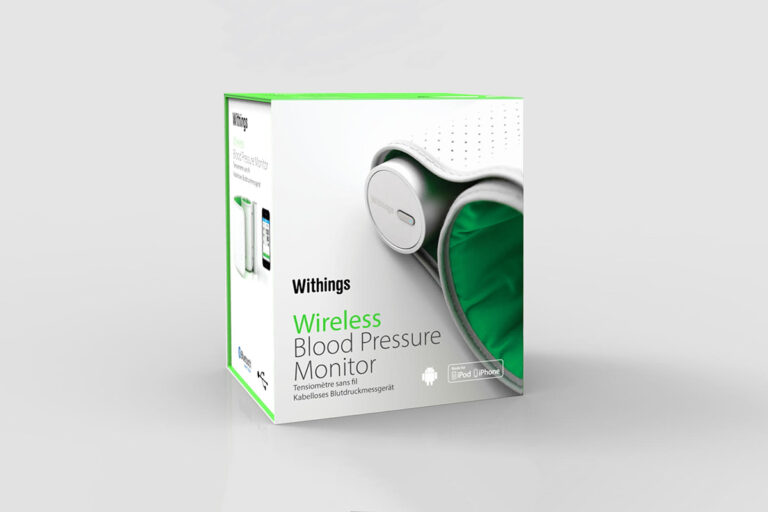Hearing is one of our most valuable senses, connecting us to the world around us. Whether we’re listening to music, talking with loved ones, or enjoying the sounds of nature, good hearing plays an essential role in daily life. However, many people neglect to protect their hearing until problems begin to appear. Hearing protection services and earwax prevention are important aspects of maintaining long-term ear health. With proper care, it’s possible to reduce the risk of hearing loss and ensure that hearing aids continue to work efficiently through regular maintenance like hearing aid wax guard replacement.
Importance of Hearing Protection
Exposure to loud sounds is one of the leading causes of hearing loss. Prolonged or repeated exposure to noise levels above 85 decibels can permanently damage the tiny hair cells in the inner ear responsible for transmitting sound to the brain. Hearing protection services help prevent this type of damage by providing personalized solutions tailored to each individual’s lifestyle and occupation.
People working in construction, manufacturing, or entertainment industries are often surrounded by high levels of noise. Even everyday activities, such as using headphones at high volumes or attending concerts, can harm hearing over time. Using custom earplugs, noise-canceling earmuffs, or other forms of protection can make a huge difference in preserving hearing health.
Regular hearing checkups are equally important. Many clinics offering hearing protection services also provide hearing assessments to identify any early signs of damage. Detecting issues early allows professionals to recommend suitable protection methods and treatment plans before permanent damage occurs.
Common Causes of Ear Damage
There are several reasons people develop hearing issues. Loud noise is one of the most common, but it’s not the only one. Ear infections, impacted earwax, and improper cleaning techniques can also harm the ear canal and eardrum. In some cases, inserting foreign objects like cotton swabs too deeply can push wax further inside or even cause injury.
Another frequent cause of ear damage is neglecting regular maintenance for hearing aids. Wax buildup in the wax guard or filter can block sound and reduce the performance of the device. Replacing hearing aid wax guards regularly helps maintain sound clarity and prevents wax from entering the internal components of the hearing aid.
Understanding Earwax and Its Role
Earwax, or cerumen, is a natural substance produced by glands in the ear canal. It serves an important purpose by protecting the ear from dust, debris, and bacteria. A small amount of wax is healthy, but when it becomes excessive, it can cause blockage, discomfort, or even temporary hearing loss.
People with narrow ear canals or those who use hearing aids, earplugs, or headphones for long periods are more prone to wax buildup. Earwax prevention involves maintaining a balance—keeping the ear clean without over-cleaning it. Removing too much wax can leave the ear vulnerable to infection, while ignoring buildup can lead to blockage and hearing difficulties.
Hearing Aid Wax Guard Replacement
For those who use hearing aids, wax guards are small but essential components. They act as filters to stop earwax and moisture from entering the hearing aid speaker. Over time, these guards can become clogged, leading to reduced sound quality or even total blockage.
Replacing the wax guard is a simple yet important part of hearing aid maintenance. Most manufacturers recommend checking and replacing wax guards every few weeks, depending on earwax production and usage patterns. Hearing care professionals often demonstrate how to do this safely at home or offer replacement services during regular appointments.
Ignoring a clogged wax guard can cause frustration and make it seem as though the hearing aid isn’t functioning properly. Regular replacement ensures clear sound and prolongs the life of the device.
Professional Hearing Protection Solutions
Hearing protection services are designed to meet the specific needs of different individuals. Some of the common professional solutions include custom-molded earplugs, musician’s earplugs, and industrial ear defenders.
Custom-molded earplugs are made to fit the exact shape of the ear canal, offering superior comfort and protection compared to generic options. Musicians often prefer filtered earplugs, which reduce volume evenly without distorting sound quality. Industrial ear protection provides higher noise reduction levels suitable for heavy-duty environments.
For individuals exposed to moderate noise levels daily, such as office workers or students, simple protective measures like using noise-canceling headphones can help. The key is consistency—making hearing protection a part of daily life to prevent long-term damage.
Earwax Prevention Techniques
Maintaining clean ears doesn’t mean constant cleaning. The ear is self-cleaning to some extent, and earwax often moves outward naturally. However, when wax accumulates excessively, it’s best to address it safely.
One common method is using ear drops designed to soften wax, making it easier to remove naturally. These drops can contain olive oil, hydrogen peroxide, or saline. It’s important to avoid inserting any objects into the ear, including cotton swabs, as they can push wax deeper.
If earwax buildup persists or causes discomfort, professional earwax removal services can help. Techniques like microsuction or irrigation are performed by trained specialists who can remove wax safely without damaging the ear.
Preventive care also includes keeping ears dry and avoiding prolonged use of earphones. Excessive moisture can encourage bacterial growth, while earphones trap wax and limit natural airflow. By adopting small habits, ear health can be preserved effectively.
Role of Regular Hearing Assessments
Hearing protection and earwax prevention go hand in hand with routine hearing assessments. Regular hearing tests help track changes in hearing ability over time. If any issues are detected early, solutions like protective devices or hearing aids can be introduced before significant hearing loss occurs.
Professionals use audiograms and other diagnostic tools to measure hearing across different frequencies. Based on these results, recommendations for protective measures or hearing aid adjustments can be made.
Even for people who do not experience hearing difficulties, scheduling an annual hearing test is beneficial. It provides a clear picture of hearing health and helps detect subtle changes that might otherwise go unnoticed.
The Importance of Professional Support
While many ear care tips can be followed at home, professional support remains essential. Hearing specialists not only provide expert advice but also tailor solutions to individual needs. They can determine the right level of protection, assist with hearing aid wax guard replacement, and manage earwax buildup safely.
Professional hearing protection services often include counseling on lifestyle habits, occupational risks, and preventive measures. For hearing aid users, these services also cover cleaning, maintenance, and adjustments to ensure optimal performance.
Relying on professionals for ear health care ensures that problems are addressed early and effectively, preventing long-term hearing damage.
Hearing Health and Lifestyle Choices
Lifestyle plays a major role in maintaining hearing health. Simple habits like reducing headphone volume, taking listening breaks, and wearing ear protection during loud activities can make a significant difference.
Nutrition and hydration also contribute to overall ear health. A balanced diet rich in vitamins A, C, and E, along with minerals like zinc and magnesium, supports the auditory system. Avoiding smoking and limiting alcohol consumption are additional steps that protect hearing in the long run.
By combining healthy lifestyle choices with regular professional care, it’s possible to maintain good hearing well into later years.
FAQs
1. How often should I replace my hearing aid wax guard?
It’s recommended to replace the wax guard every few weeks or sooner if you notice reduced sound quality. The frequency depends on earwax production and how often you use your hearing aids.
2. What are the best ways to prevent earwax buildup?
Avoid inserting objects into your ears and consider using ear drops that soften wax. Regular professional checkups and occasional ear cleaning services help prevent blockage.
3. Why is hearing protection important?
Prolonged exposure to loud sounds can cause irreversible hearing damage. Hearing protection services offer personalized solutions that safeguard your hearing in noisy environments.
4. Can I clean my ears at home safely?
You can maintain ear hygiene by gently wiping the outer ear, but deep cleaning should be done by a professional. Avoid using cotton swabs or sharp objects inside the ear canal.
5. How do I know if I need professional earwax removal?
If you experience muffled hearing, ear discomfort, or a feeling of fullness, it’s best to visit a hearing specialist. They can safely remove wax and check for any underlying issues.
6. Are custom earplugs better than regular ones?
Yes, custom earplugs provide a better fit, greater comfort, and more consistent noise reduction. They’re especially beneficial for people frequently exposed to loud environments.



